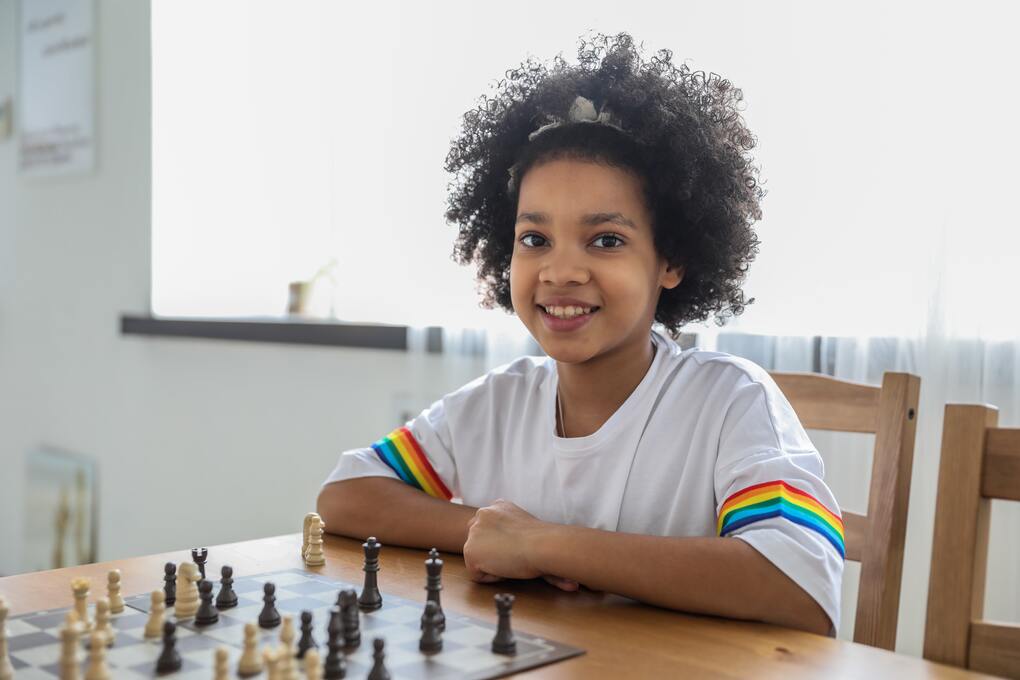Gone are the days when we could recite our neighbors car plates or even their landline phone number verbatim. Because tech has made things so much easier, we really have no need to recall all those digits. Working memory is like a temporary sticky note in our brain. It acts us a place where we can “hold” information to use later. For kids though, the ability to use working memory is crucial for learning to happen at a basic level (when the teacher asks you to add 3 + 5 – arriving at the correct answer needs you to recall the numbers in the first place.) While there are various causes of differences / delays in working memory, multiple studies have documented the negative impact of excess screen use on our kids working memory due to the overstimulation that occurs. Basically the sticky note becomes overloaded with information that it no longer recognizes what is important to use for the next task. The brain is like a muscle – we need to flex it ever so often for it to do its job. There are some easy hacks to keep our kids working memory flexed but some that I enjoy – as they help my memory too – are Memory games and Look and Find Books. They are fun, engaging and easy. Link in bio for more tips on working that memory box.
- Work on visualization skills.
Encourage kids to create a picture in their mind of what they’ve just read or heard. For example, say you’ve asked your child to set the table for five people. Have your child imagine what the table should look like, and then draw it. As kids get better at visualizing, they can describe the image instead of drawing it. - Have your child teach you.
Being able to explain how to do something involves making sense of information and mentally filing it. Maybe your child is learning a skill, like how to dribble a basketball. Ask your child to teach you this skill. Teachers do something similar by pairing up students in class. This lets them start working with the information right away rather than waiting to be called on. - Try games that use visual memory.
There are lots of matching games that can help kids work on visual memory, like the classic game Concentration (or Memory). You can also do things like give kids a magazine page and ask them to circle all instances of the word the or the letter a. License plates can also be a lot of fun. Take turns reciting the letters and numbers on a license plate and then saying them backwards, too. - Play cards.
Simple card games like Crazy Eights, Uno, Go Fish, and War can improve working memory in two ways. Kids have to keep the rules of the game in mind. They also have to remember what cards they have and which ones other people have played. - Encourage active reading.
There’s a reason highlighters and sticky notes are so popular: Jotting down notes and underlining or highlighting text can help kids keep the information in mind long enough to answer questions about it. Talking out loud and asking questions about the reading material can also help with working memory. Active reading strategies like these can help with forming long-term memories, too. - Chunk information into smaller bites.
Ever wonder why phone numbers and social security numbers have hyphens in them? Because it’s easier to remember a few small groups of numbers than it is to remember one long string of numbers. Keep this in mind when you need to give your child multi-step directions. Write them down or give them one at a time. You can also use graphic organizers to help break writing assignments into smaller pieces. - Make it multisensory.
Using multiple senses to process information can help with working memory and long-term memory. Write tasks down so your child can look at them. Say them out loud so your child can hear them. Walk through the house as you discuss the family chores your child needs to complete. Using multisensory strategies can help kids keep information in mind long enough to use it. - Help make connections.
Help your child form associations that connect different details and make them more memorable. One way is to grab your child’s interest with fun mnemonics. (For instance, the made-up name “Roy G. Biv” can help kids remember the order of the colors in the rainbow — red, orange, yellow, and so on.) Finding ways to connect information helps with forming and retrieving long-term memory. It also helps with working memory, which is what we use to hold and compare new and old memories.

